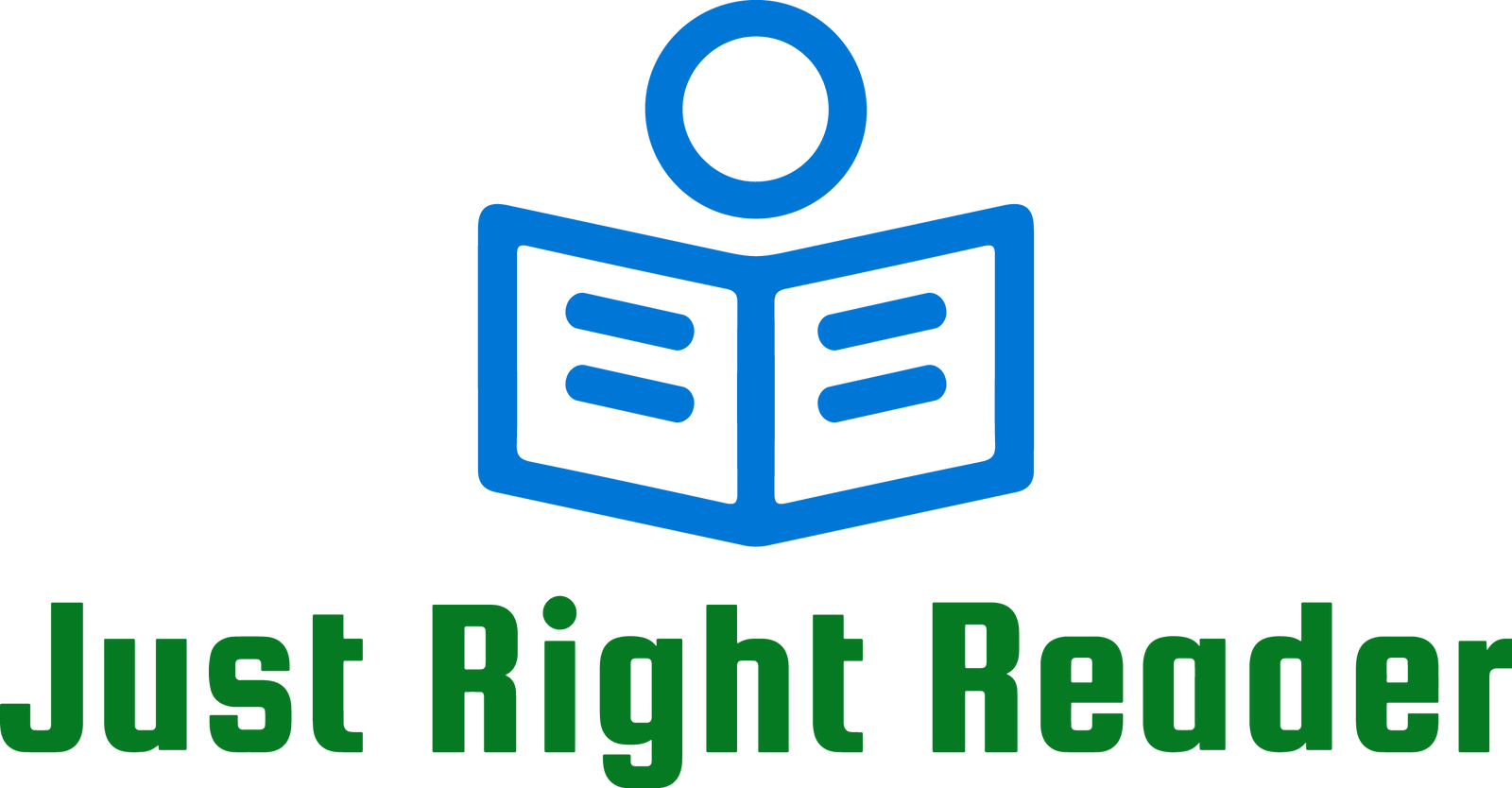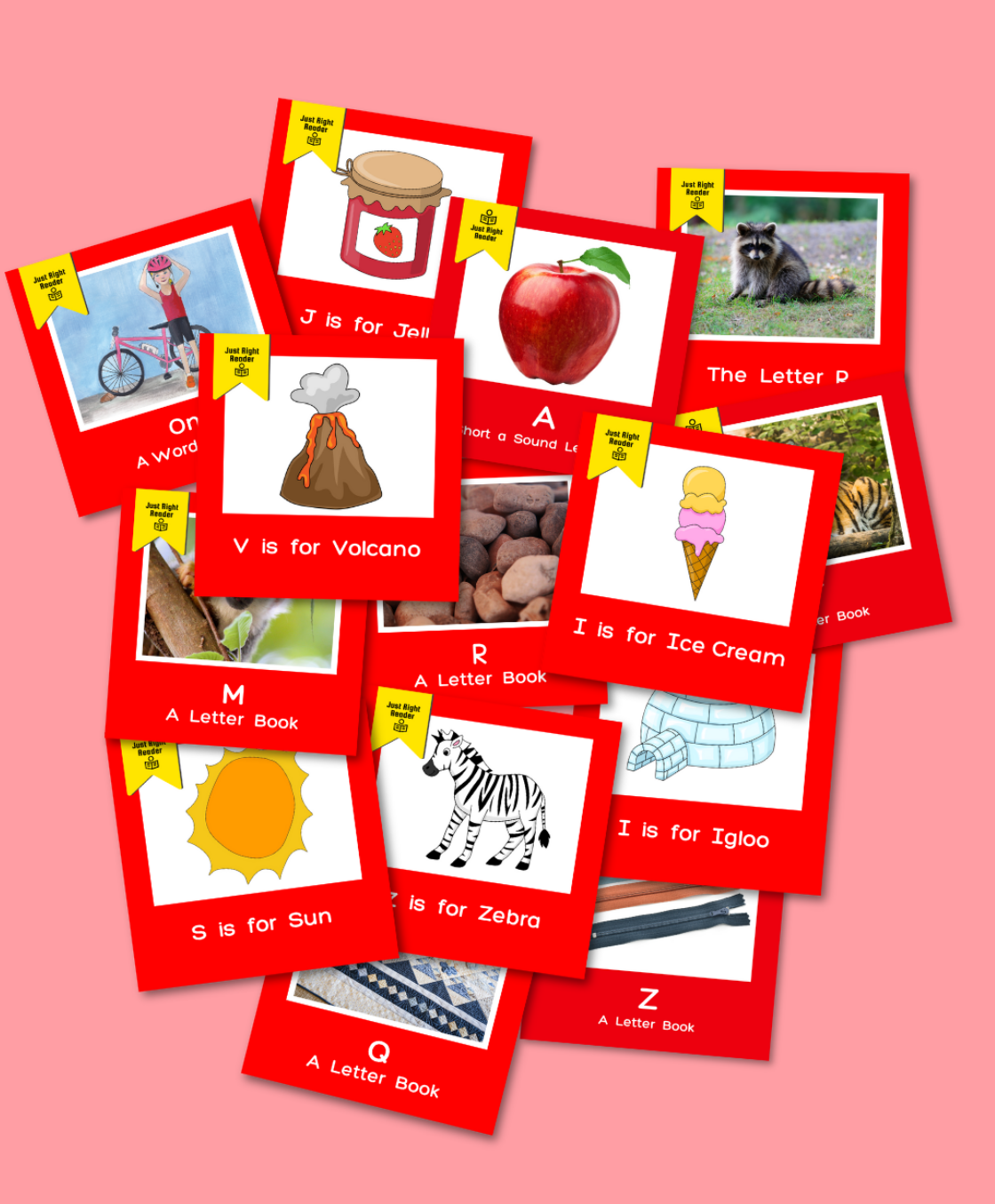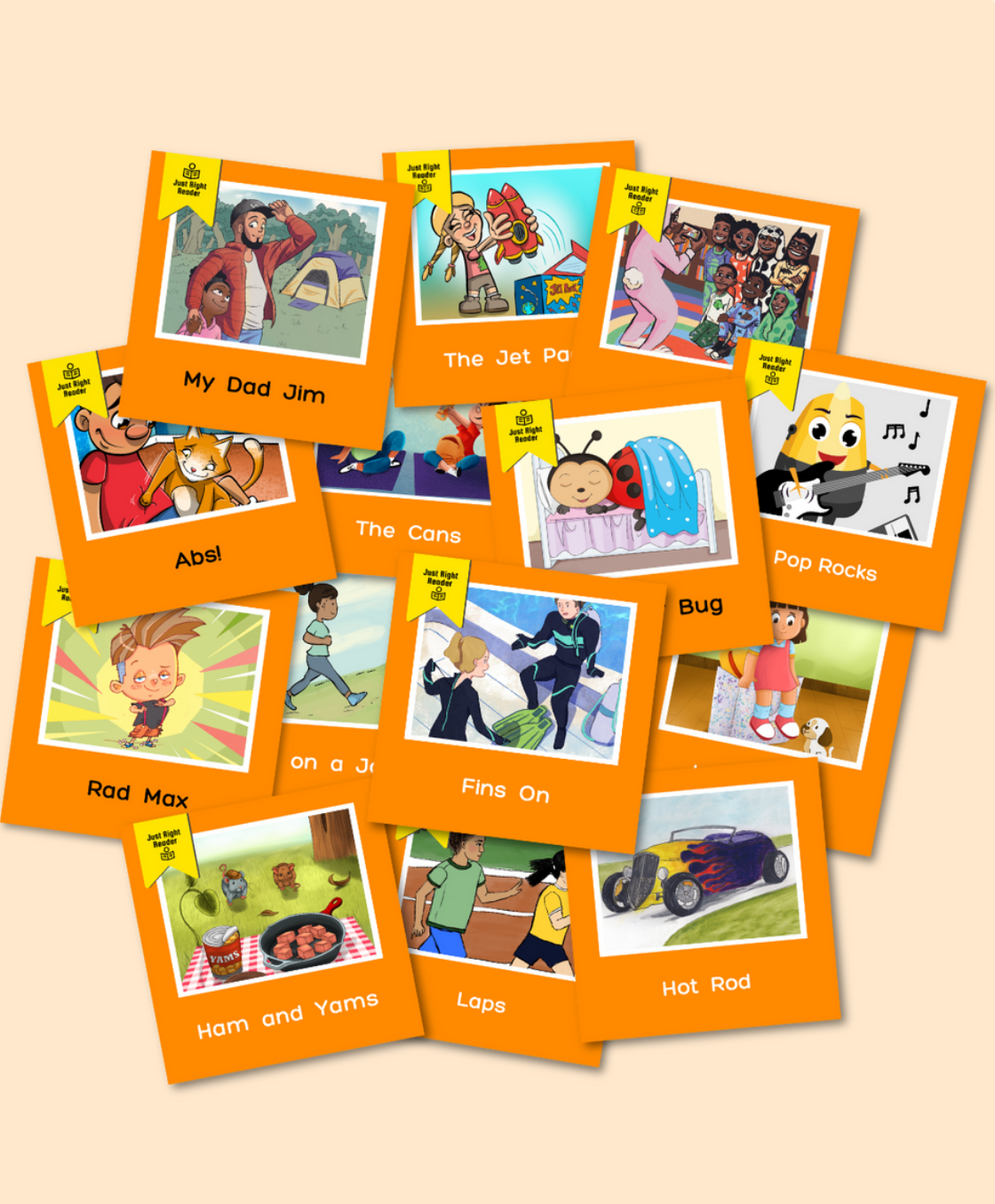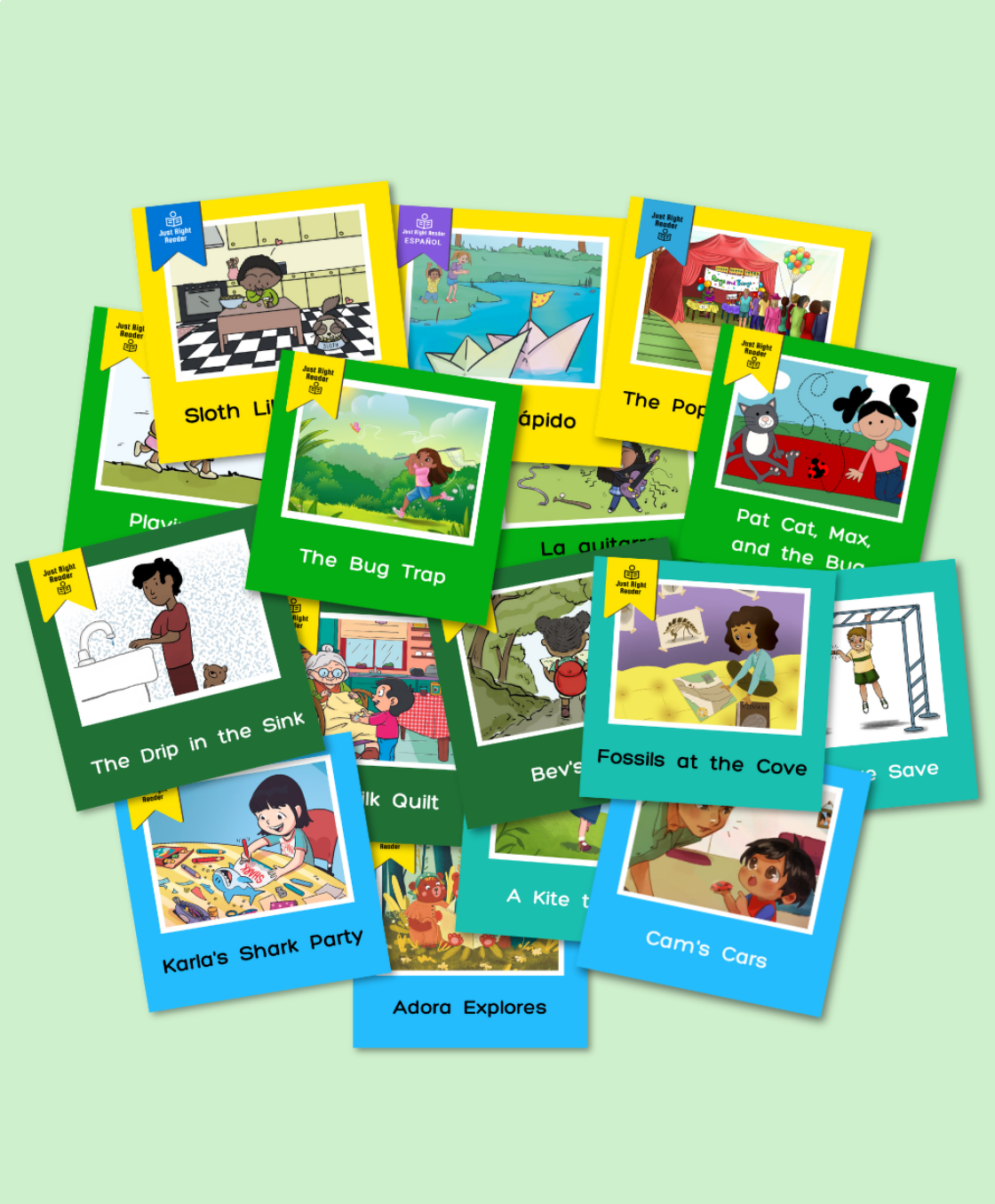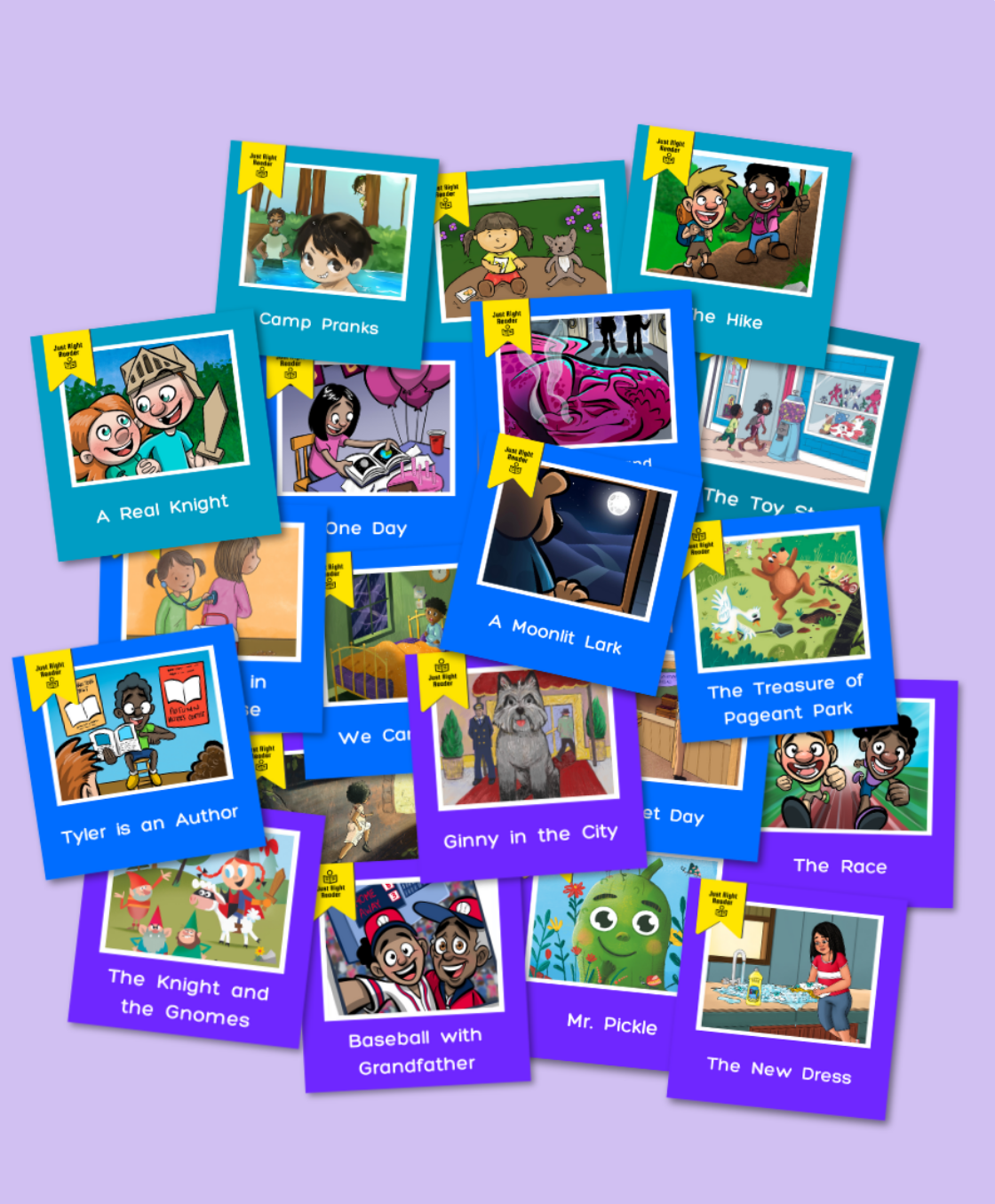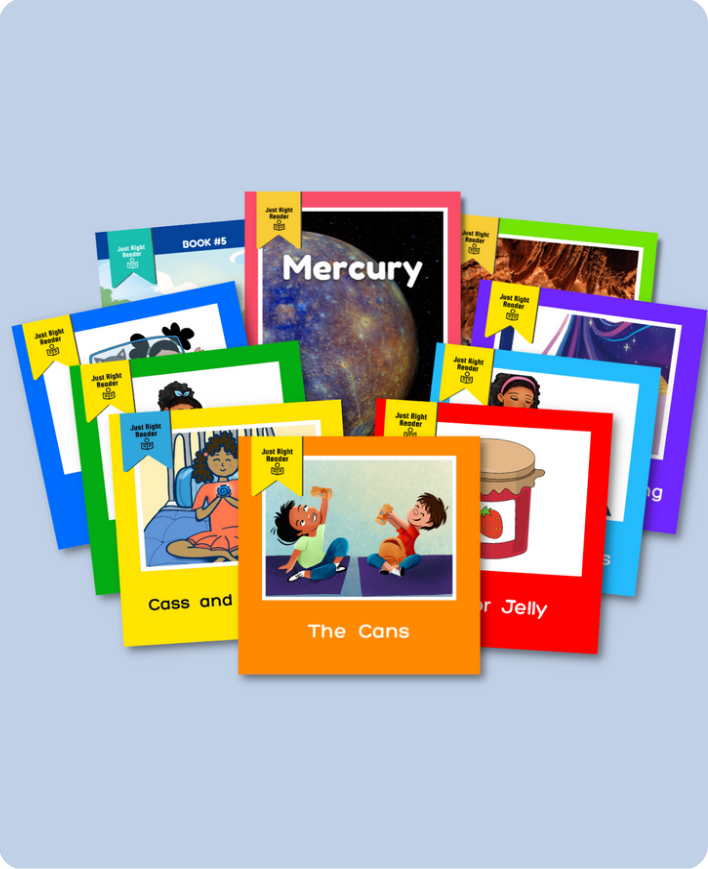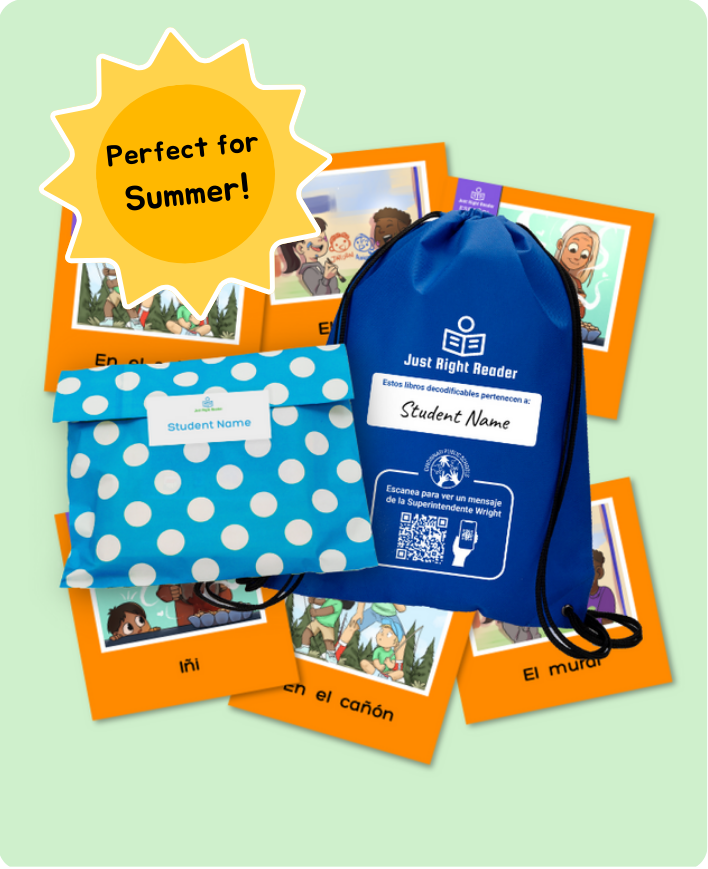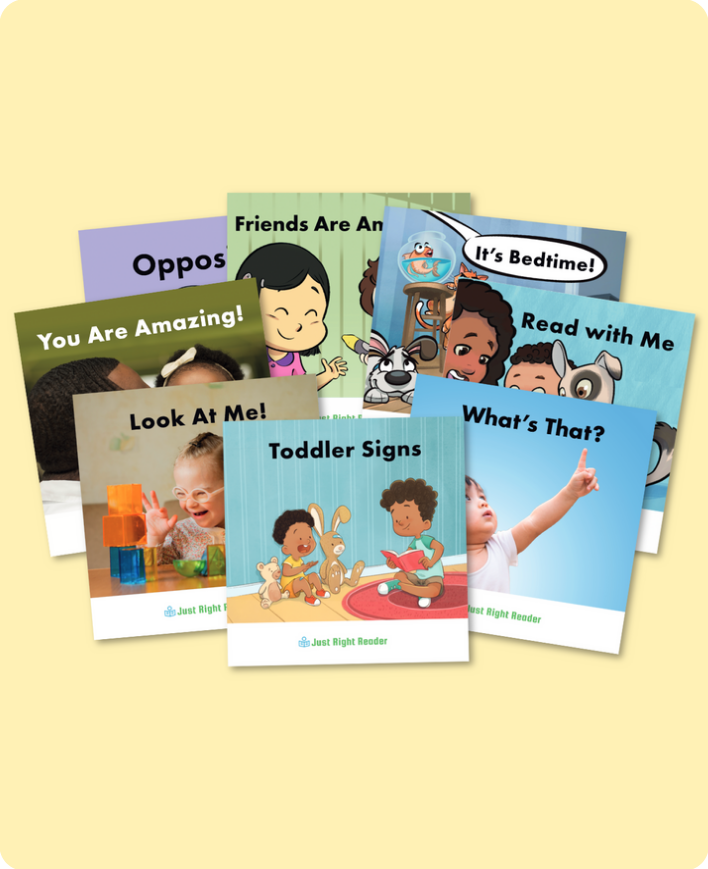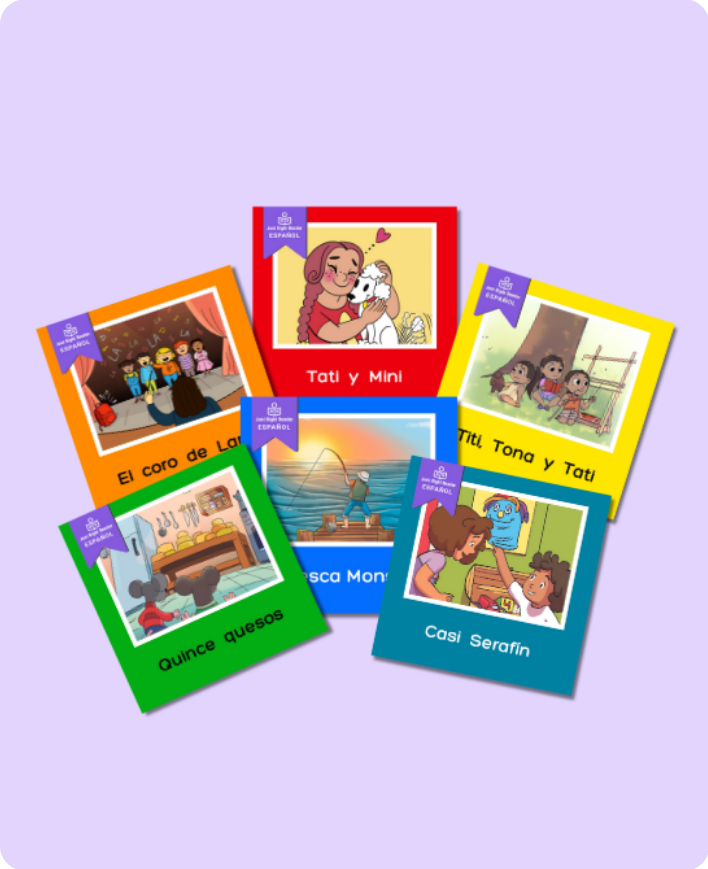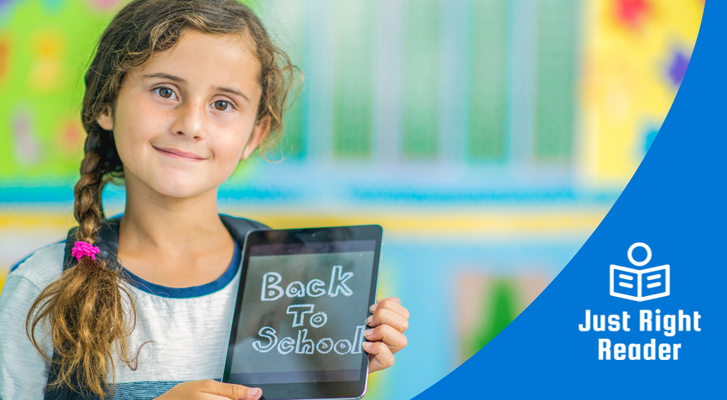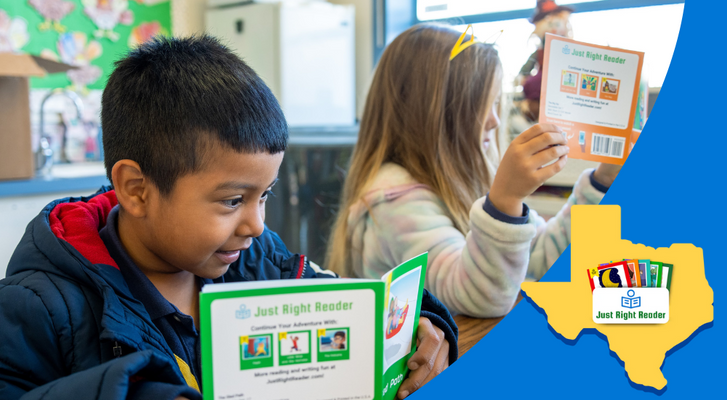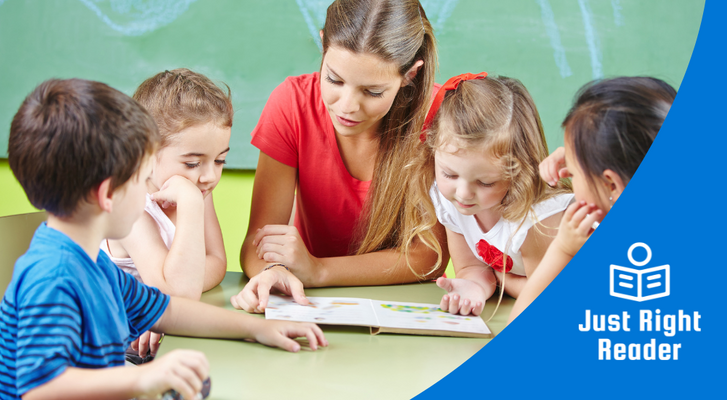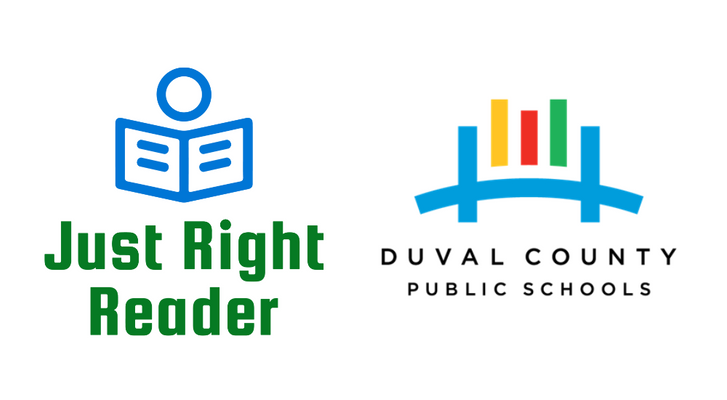
Fluency is essential for reading comprehension and overall literacy. It helps bridge the act of decoding words to understanding their meaning.
Fluent readers spend less effort decoding each word and more on grasping the text's message. This significantly improves their comprehension and interaction with the content.
If a primary goal is for our students to make meaning from the text they read, fluency needs to be a priority. So, where do we start?
What is Reading Fluency, and Why is It Important?
Reading fluency is reading text accurately, quickly, and with proper expression. It is one of the key pillars of effective reading instruction identified by the National Reading Panel.

Three components of reading fluency are:
-
Accuracy is the ability to read words correctly, which is essential for understanding the text.
-
Rate refers to the speed at which a person reads, balancing quickness with comprehension.
- Prosody involves reading with appropriate expression, using changes in tone, emphasis, and rhythm to bring the text to life and communicate its meaning.
Scarborough's Reading Rope highlights how fluent readers expertly combine decoding skills, language and vocabulary knowledge, and comprehension strategies to boost their understanding and retention of texts (Scarborough, 2001).
Let's break down how this works:
-
Vocabulary and Fluency: A strong vocabulary makes word recognition faster, leading to smoother and more fluent reading. This synergy helps transform reading from a task into something enjoyable (National Reading Panel, 2000).
- Comprehension and Fluency: When reading fluently, students can shift their focus from decoding each word to actively engaging with and understanding the text. This shift is crucial for deepening comprehension and enhancing interaction with the reading material (Hudson et al., 2005).
These connections show why developing fluency is crucial for overall reading success—making reading a fluid, enjoyable, and enriching experience.
6 Classroom Activities to Practice Reading Fluency

To boost reading fluency in the classroom, try some of the following activities:
-
Echo Reading: The teacher reads a short passage aloud, and then the students repeat it. This helps model fluent reading.
-
Partner Reading: Students pair up and take turns reading passages to each other, offering peer feedback on pace and expression.
-
Repeated Reading: Students read the same passage multiple times to improve accuracy, speed, and prosody.
-
Reader's Theater: Students practice and perform a play, poem, or story. This activity encourages reading with expression and proper phrasing.
-
Choral Reading: The class reads a passage together, which can help shy or struggling readers practice fluency without the pressure of individual reading.
-
Recording and Playback:Students record themselves reading and listening to the playback, analyzing their fluency, and making adjustments.
- Voice Choice Reading: Let students pick a fun voice (like a robot, pirate, or opera singer) to read a passage aloud. This helps students focus on expression and intonation in a playful way.
Assessment and Progress Monitoring of Reading Fluency
Regular assessment is crucial to effectively monitoring and supporting reading fluency development.

Educators can use a variety of tools and resources to evaluate students' fluency, including:
-
Oral Reading Fluency (ORF) Assessments: ORF assessments involve students reading a passage aloud for one minute. The teacher counts the number of words read correctly, quickly measuring fluency.
-
Fluency Rubrics: Rubrics that assess accuracy, rate, and expression can offer insights into a student's fluency development.
- Running Records: Regular running records provide ongoing insights into students' reading behaviors, helping teachers identify specific areas that need support (Clay, 2002).
Continuous monitoring allows teachers to tailor instruction to meet individual student needs and effectively document progress over time.
Support Learners with Unique Learning Needs in Fluency Development
Addressing the needs of learners with unique learning needs requires differentiated strategies such as:
-
Visual and Audio Aids: If possible, integrate technology such as text-to-speech tools and visual reading guides.
-
Small Group or One-on-One Instruction: Provide targeted support to students who need extra support, focusing on specific areas of difficulty in fluency.
Involve Parents in Fluency Practice
Parent involvement can significantly enhance a child's reading fluency.

Educators can encourage activities such as:
-
Shared Reading at Home: Encourage parents to read aloud regularly with their children, discussing the stories to enhance comprehension.
-
Fluency Practice Sessions: Provide parents with guidelines on how to conduct repeated readings and monitor progress.
- Use of Audiobooks: Suggest that families listen to audiobooks, which can model fluent reading and enrich the child's listening skills.
Our blog post, Tips for Teachers to Promote Reading at Home, provides tips on communicating about reading at home.
Use Just Right Reader Decodable Books to Support Fluency

Just Right Reader decodable books significantly enhance fluency development:
-
Phonics Alignment: The decodables align with phonics curriculums, allowing for smooth application of decoding skills.
-
Gradual Complexity: Using a rigorous scope and sequence, new phonics skills are progressively introduced building reading confidence and fluency.
-
High-Frequency Words: Incorporation of grade-level high-frequency words promotes quick recognition and smoother reading.
-
Repetition and Consistency: Repeated practice of specific phonics patterns in each decodable solidifies understanding and builds fluency.
-
Engaging Content: Relatable stories and relatable characters increase student interest, encouraging more frequent and enthusiastic reading practice.
- Support for Independent Reading: Decodables allow students to practice and improve fluency independently.
With engagingClassroom Libraries andTake-Everywhere Decodable Packs, students have many opportunities to practice their decoding skills in an authentic reading experience, which allows them to become stronger readers.
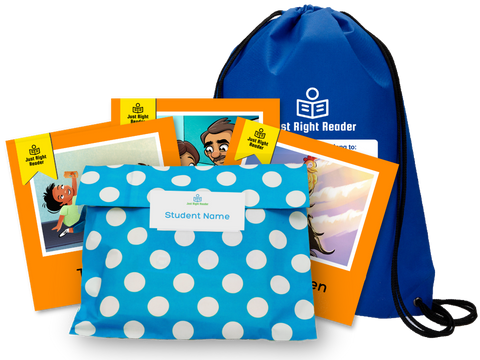
Our Science of Reading decodables feature:
- An extensive library of 750+ titles in English and Spanish
- Engaging and relatable stories with relatable characters
- Evidence-based, rigorous phonics scope and sequence that aligns to all phonics programs and curriculums
- QR codes that link to memorable video lessons in English and Spanish
- Personalized Take-Everywhere Decodable Packs that extend phonics practice from school into homes
References:
Clay, M. M. (2002).An observation survey of early literacy achievement. Auckland, NZ: Heinemann.
Hudson, R. F., Lane, H. B., & Pullen, P. C. (2005). Reading fluency assessment and instruction: What, why, and how?The Reading Teacher, 58(8), 702-714.
National Reading Panel. (2000).Teaching children to read: An evidence-based assessment of the scientific research literature on reading and its implications for reading instruction. NIH Publication No. 00-4769. Bethesda, MD: National Institute of Child Health and Human Development.
Scarborough, H. S. (2001). Connecting early language and literacy to later reading (dis)abilities: Evidence, theory, and practice. In S. Neuman & D. Dickinson (Eds.),Handbook of early literacy research (Vol. 1, pp. 97-110). New York: Guilford Press.